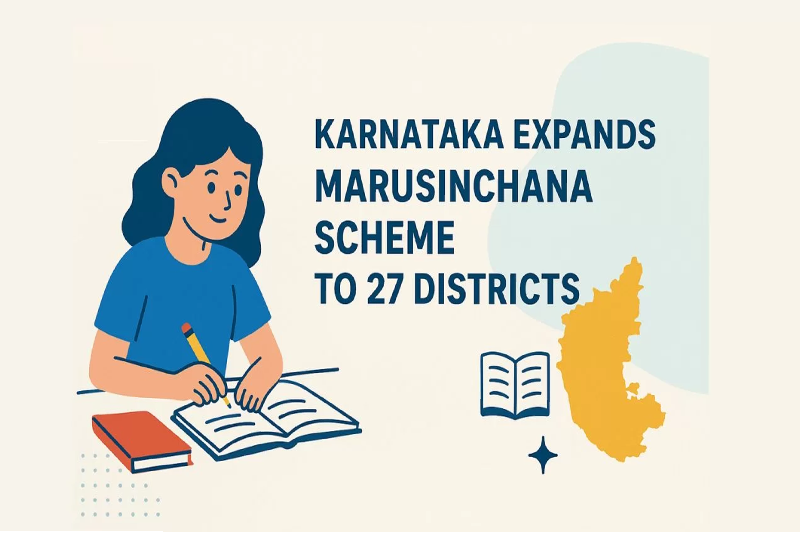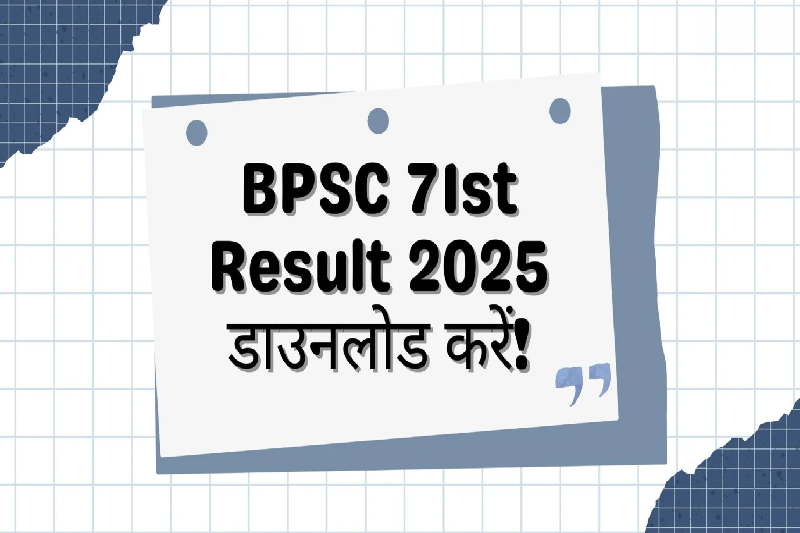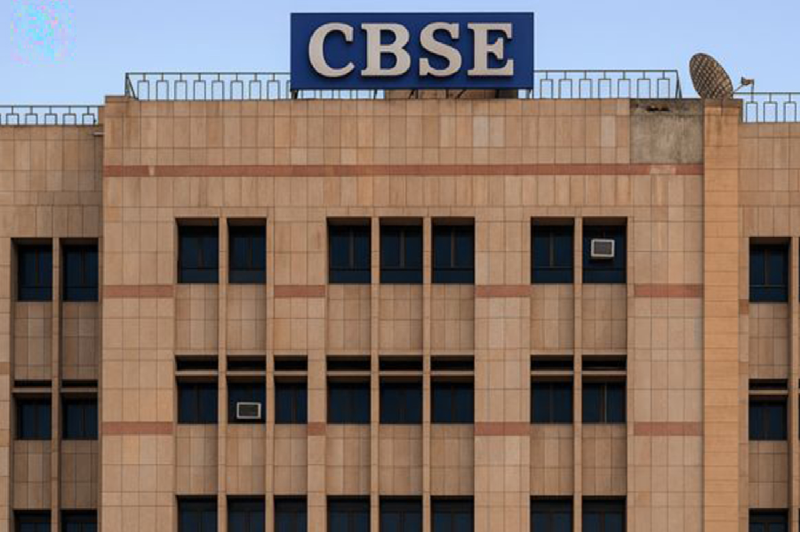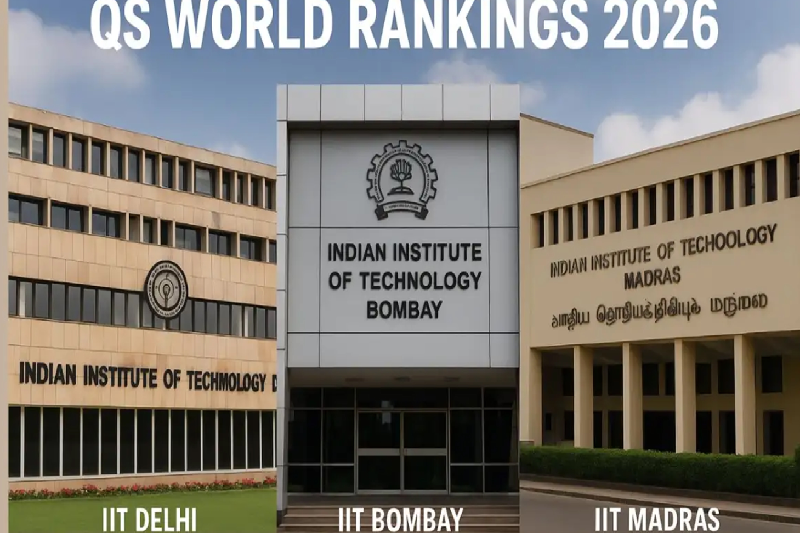
Karnataka Expands Marusinchana Scheme to Boost Learning for 18,000 Students Across 27 Districts
In a significant move to uplift the academic performance of students struggling in government schools, the Karnataka government has announced the expansion of its Marusinchana scheme. Initially launched as a pilot project, this targeted remedial education programme will now extend to 27 educational districts, aiming to support approximately 18,000 students from Classes 6 to 10 who are lagging behind in their studies. The expansion underscores the state’s commitment to strengthening foundational learning and bridging academic gaps among schoolchildren.
From Pilot to Policy: The Journey of Marusinchana
The Marusinchana scheme began as a focused pilot initiative to improve SSLC (Secondary School Leaving Certificate) results. Its scope was limited during the 2023–24 and 2024–25 academic years, targeting Kannada medium government high schools and composite colleges in 69 taluks across 17 districts.
Encouraged by the success of the programme in the 2024–25 academic year, where it reached 8,821 schools and demonstrated measurable improvements in student performance, the government is now scaling it up significantly. The expansion to additional districts is scheduled to commence after the Dasara holidays, marking a crucial phase in the state’s education reform efforts.
Targeted Impact: Who Benefits and How?
The expanded scheme is laser-focused on students from Classes 6 to 10 who have been identified as underperforming or lagging in key subjects. These students, primarily from government schools, will receive targeted remedial instruction to help them catch up with their peers.
The core objective is not merely grade improvement but long-term academic development. By identifying learning gaps early and addressing them through structured teaching and additional support, the initiative aims to elevate overall learning outcomes and build academic confidence among struggling students.
A Well-Structured, Long-Term Learning Programme
The Marusinchana scheme has been meticulously designed as a 50-hour learning programme per class, to be spread over a five-year period. Its structure focuses on two main areas:
- Strengthening Foundational Skills: Emphasis is placed on basic competencies in core subjects.
- Building Prerequisite Knowledge: Ensuring students acquire the essential understanding needed for class-level academic work.
This framework allows for consistent reinforcement of learning, enabling students to gradually meet the academic standards expected at their grade level.
Multi-Pronged Implementation Strategy
The success of the Marusinchana scheme hinges on a robust implementation strategy, coordinated through the Department of School Education and Literacy and executed by the Department of State Educational Research and Training (DSERT).
Key components of the rollout include:
- Teacher Training: Selected teachers will undergo specialised training sessions, equipping them with skills to effectively conduct remedial classes and use the new learning materials.
- Provision of Study Materials: Students will be given practice books in core subjects — Mathematics, Science, Social Science, Kannada, and English. These materials are tailored to address both foundational gaps and subject-specific difficulties.
- Exclusion of Hindi: The programme does not include Hindi, likely due to its limited regional applicability or existing proficiency levels among students.
- Teaching Modules for Educators: Teachers will receive comprehensive modules designed to help them deliver the remedial content effectively and consistently.
Scaling Up with Purpose: What This Means for Karnataka
The Marusinchana scheme’s expansion is more than just a numbers game. By scaling from 17 to 27 districts, Karnataka is demonstrating a systematic commitment to educational equity, ensuring that struggling students across the state get a fair chance at academic success.
This model of structured remedial teaching, backed by teacher training and custom-designed learning materials, is a progressive approach that many education experts believe should be adopted nationwide. It represents a shift from rote learning and standardised testing to student-centric, need-based education.
Why This Matters: Broader Educational Implications
India continues to grapple with learning loss and academic disparities, especially in government-run schools. Programmes like Marusinchana are crucial in:
- Bridging learning gaps exacerbated by socio-economic barriers.
- Improving foundational literacy and numeracy, which are essential for higher education and employability.
- Promoting teacher development, ensuring that educators are not only content experts but also effective facilitators.
Karnataka's decision to expand this scheme comes at a time when the National Education Policy (NEP) 2020 emphasizes foundational learning and remedial interventions as pillars of educational reform.
Conclusion: A Model Worth Watching
The Marusinchana scheme is poised to make a real difference in the lives of thousands of students in Karnataka. With its structured format, teacher-focused implementation, and clear academic goals, it provides a promising model for targeted academic recovery programmes in India.
As implementation begins post-Dasara holidays in the newly added districts, all eyes will be on Karnataka to assess how well this expanded version performs and whether it can be replicated in other states facing similar educational challenges.
By putting student needs at the centre and backing it with strategic planning and resource allocation, Karnataka is taking a decisive step toward inclusive and effective public education.


